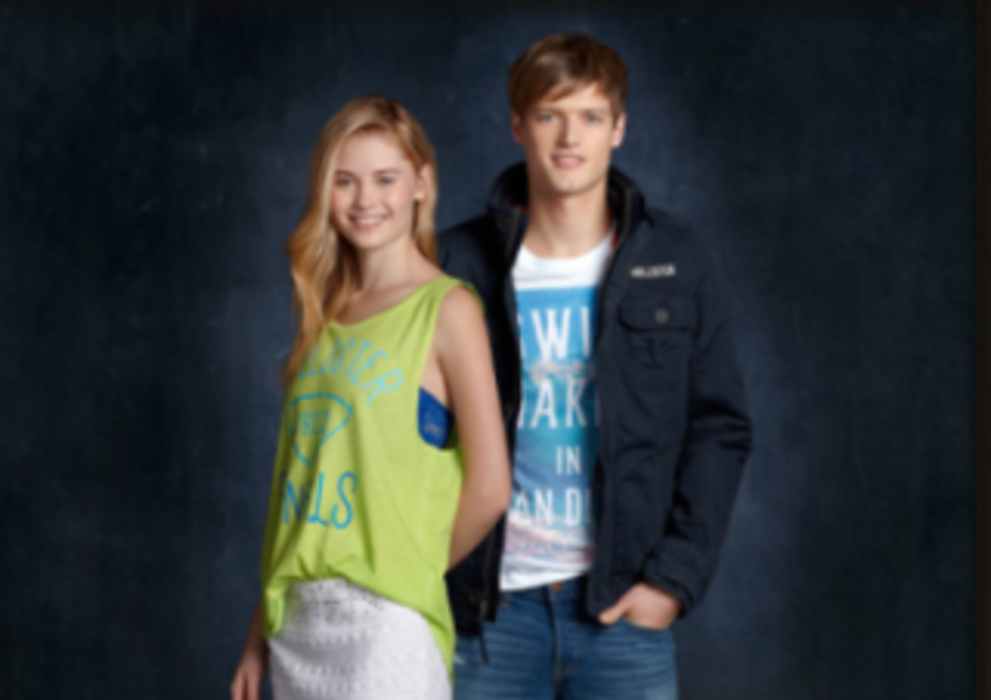There’s something about the concept of social commerce that’s anathema to many consumers. But maybe that’s because so many companies are simply doing it wrong.
“The initial point of view was selling socially,” says Billy May, VP of e-commerce and marketing at Abercrombie & Fitch. “People set up storefronts and ways to buy in social experiences. It was the modularization of the commerce experience.”
This idea, he says, is fundamentally flawed. “The concept of social commerce is misdirected and our belief is that it should be more about commerce that’s social,” he explains. In the offline world, when people shop, they often do it with friends. There’s a built-in social component to the basic act of shopping that generally doesn’t exist within an online context.
But Hollister, as May describes it, is the most social of Abercrombie’s brands. May claims that, unlike other clothing companies, Hollister eschews paid media in favor of organic growth. He points to the brand’s 10 million Facebook fans, half a million Twitter fans, and Instagram followers: “The sizeable following we built socially is through organic growth.”
Sam Decker, CEO of Mass Relevance—the technology company that provides a solution that allows Hollister to build social commerce experiences and measure the outcome—says that it’s all a matter of ensuring a seamless omnichannel experience. “[Consumers] are flowing between apps, Facebook, and Twitter—so as a brand, how do you integrate social into the many functions, screens, and activities?” Decker asks. The overall Hollister brand experience, he says, needs to bleed into the social networks.
For May, this means developing a social experience first and, through that experience, eventually lead customers to a position where they’re ready to buy. It’s important for brands to understand the distinction between social customers versus customers who are actively shopping.
“[Social consumers] don’t want to buy,” May says. “They want to interact with other customers or brands. So how do you engage them in such a way that they want to come to your property, better experience the brand or property, and then buy?”
Hollister activated this philosophy in its Twitter-based “Flock-to-Unlock” campaign. Fans tweeted to the company with the hashtag #InHollister. When that number reached 40,000, Hollister would release a deal-of-the-day, usually a T-shirt available to purchase. Hollister and Mass Relevance fed real-time social content on to the Hollister site, where the campaign was being promoted. Hollister also purchased promoted hashtags to maximize the campaign’s visibility. And a progress bar on the website showed the number of tweets still needed to unlock the T-shirt. “That visual element is important,” May says, “because if [customers] know the progress, they’re more likely to participate.”
The result was lucrative from both a branding and profitability standpoint. In the case of the former, Hollister gained a more than 600% increase in mentions. In the case of the latter, online sales rose 45% over the average day, and the company sold 98% of its inventory on the deal-of-the-day T-shirts through this campaign.
“How quickly we sold through took us by surprise,” May says. “Using a direct response model to get that [buying] activity, the conversions happened in 24 hours. That was eye-opening.”







